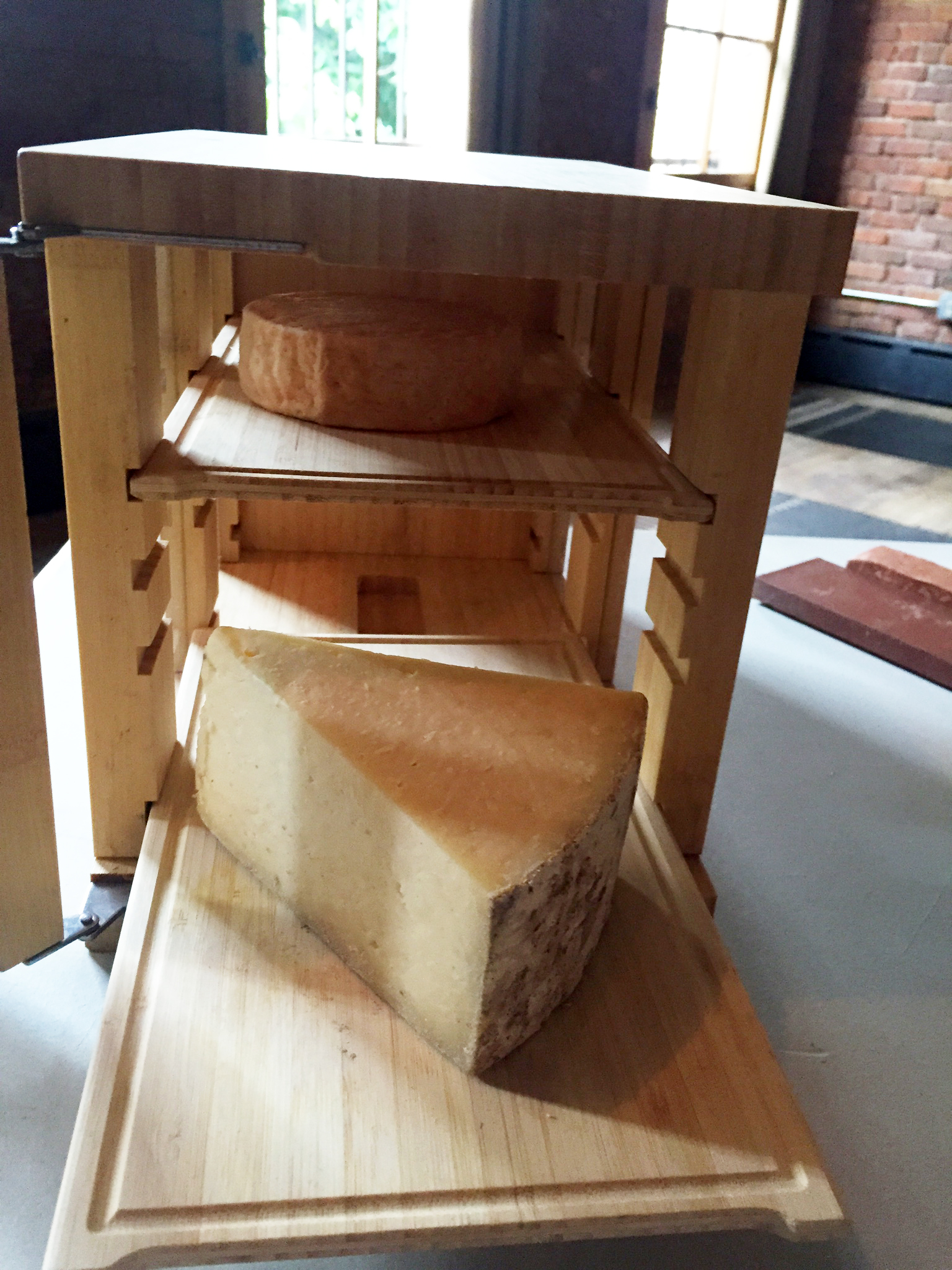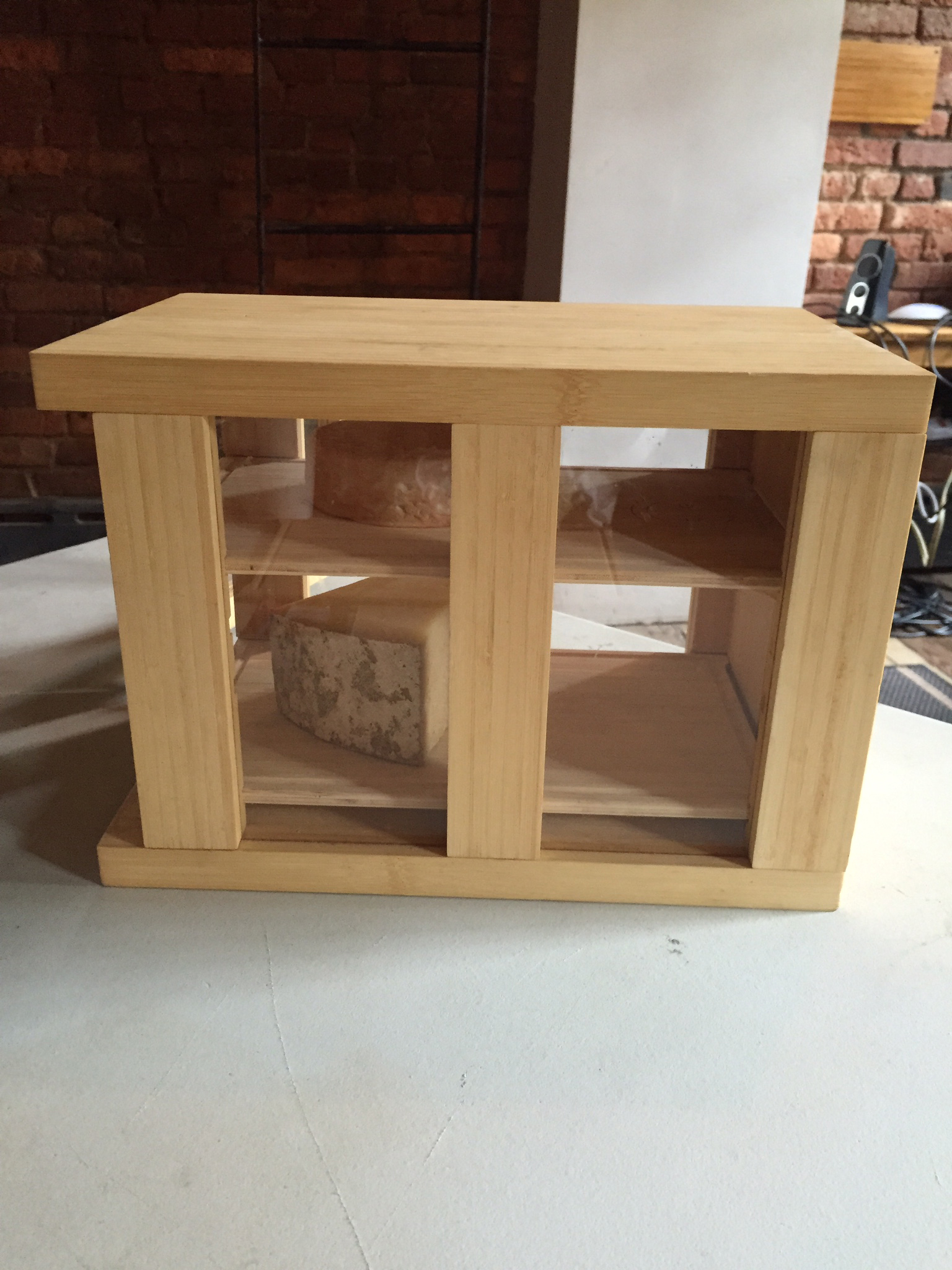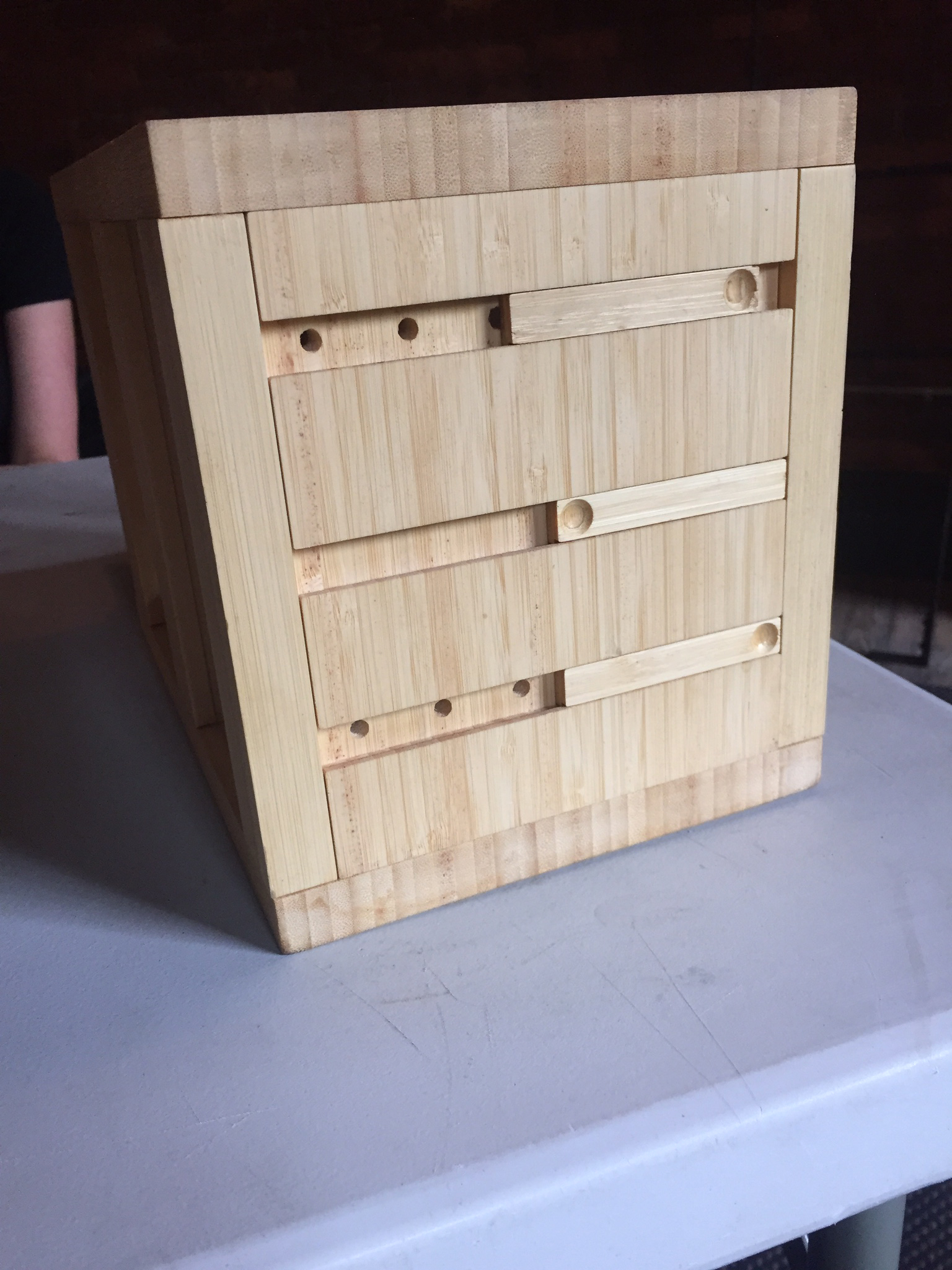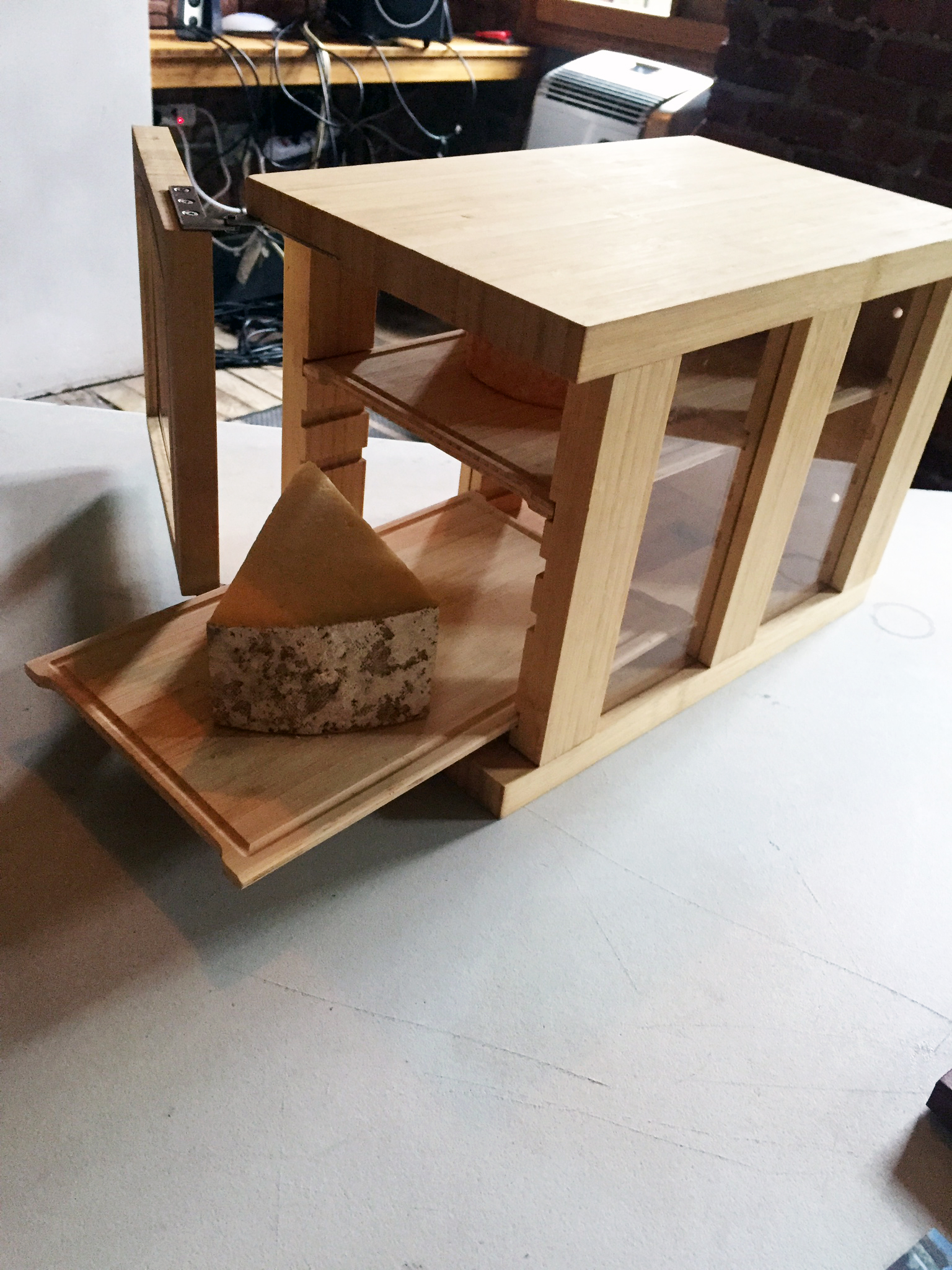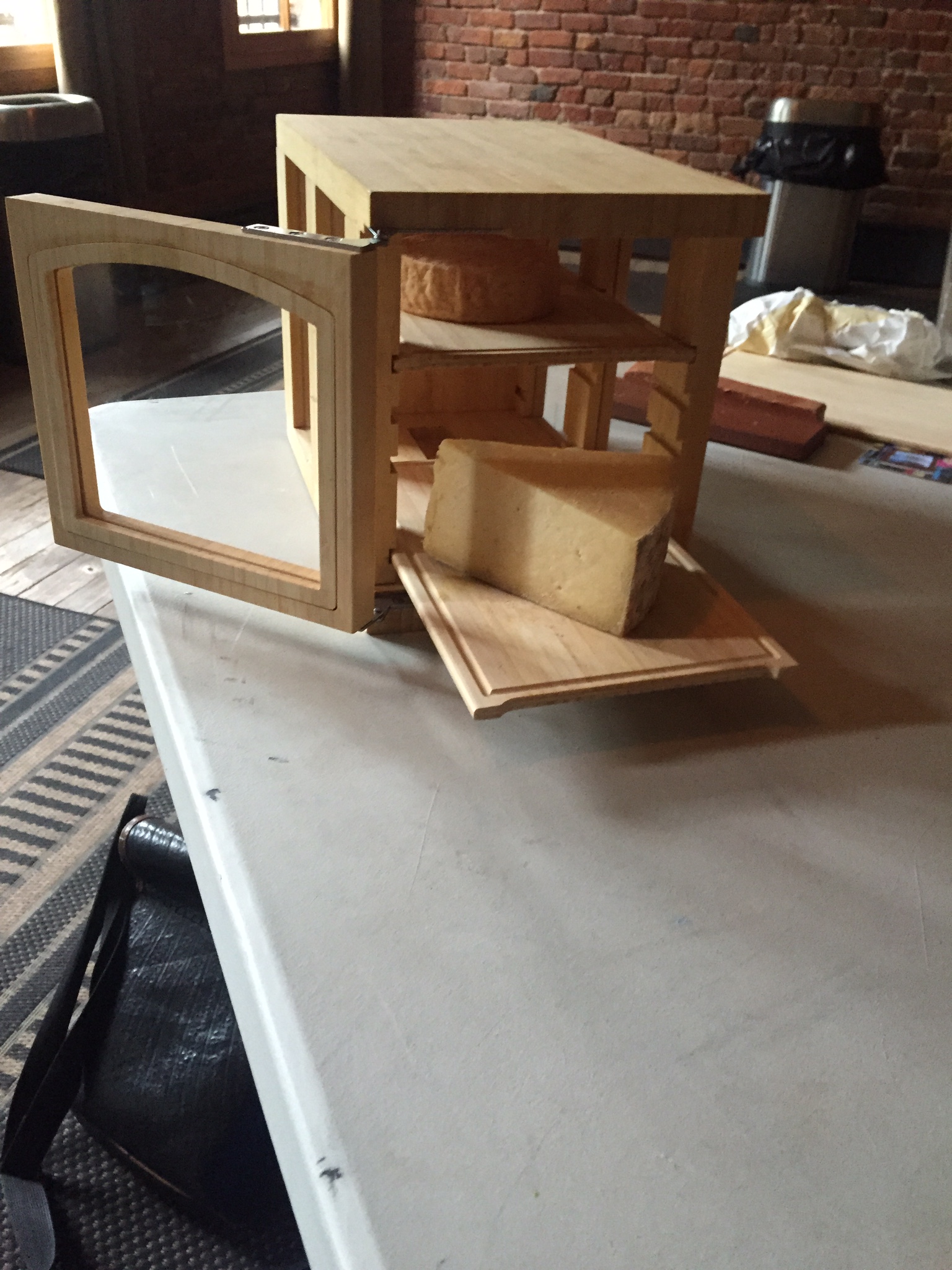When you buy fancy cheese where do you store it? You know, besides your mouth?
While some people may just wrap it up in plastic and throw it in the fridge, that’s actually what you shouldn’t do, as Brendan recently learned. That’s where Jessica Sennett comes in. She is a cheesemonger who got tired of watching her nice cheeses die an early death.
So, she invented the Cheese Grotto, a kind of a little wooden cheese cave for your home. Brendan met her the other day to have a look and to get some insight on how cheese should really be stored.
Interview Highlights
On why plastic wrap is horrible for cheese

Jessica Sennett: Cheese can go bad but it takes a lot of finagling to make it go bad. If you look at really the mainstream way that we store our cheese, we use plastic wrap. And plastic wrap actually kills cheese, well most of the time.
The reason is because plastic, in most situations, is not breathable and so cheese — because it is a living, fermented product — needs some oxygen in order to really flourish.
On what the ideal storage environment is for cheese
Cheese caves are a great template for looking at what cheese needs to thrive. Cheese needs a cool environment… The temperature range is, usually in a cave, between 45 to 55 degrees, so slightly warmer than refrigeration temperature.
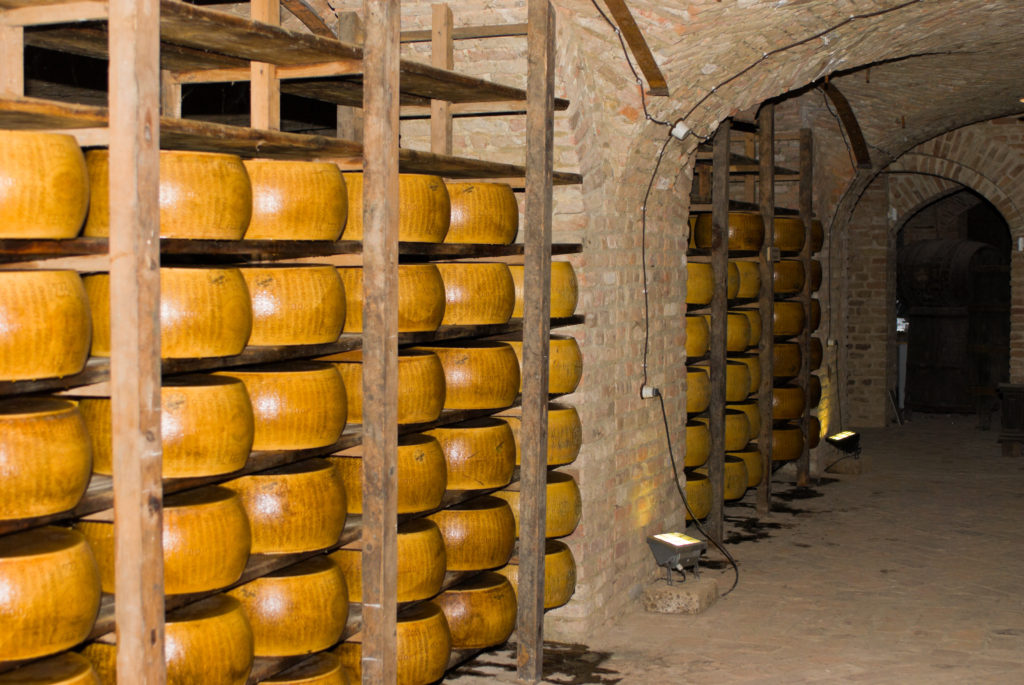
However, refrigeration temperature is fine as long as you have the humidity level. Humidity level is really crucial. Eighty percent to 99 percent, really… So if it’s a little bit too dry in there then, of course, the cheese will dry out.
On how the Cheese Grotto works a lot like a cigar humidor for cheese
Traditionally, if you look at what European civilizations have done for storing cheese before refrigeration, they’ve used these cheese safes, which are essentially wooden structures and then fine mesh screen around the sides so you get that aeration.
The Grotto is kind of like the pimped out version of that [laughs]. It’s something that has glass paneling on the sides and the front so you can see what’s going on inside. And the back paneling has some architectural details for airflow, so that you can have some adjust-ability if the unit itself gets a little bit too high in humidity level.
..It’s more of a cheese humidor because it sends off a light bulb in people’s heads. Actually, the same devices that are used for cigar humidors that help retain the humidity that are made out of stone, predominantly, or clay. We’ve used that same technology before the Cheese Grotto. So along with the box comes actual clay stone humidor. It’s something that you submerge into water and it’ll slowly release that water over time.
On why there might be a realistic demand for a special device just for storing cheese
I would say that you know, it’s a new thing. It is a new thing and it’s kind of like the microwave or a lot of devices that people didn’t really see its value, or understand its function. So, yeah, it’s one of those things that is growing with the specialty cheese industry. And I just saw the specialty cheese industry was $17 billion… So it’s growing and it’s growing more rapidly than other styles of cheese.
Update 11/2/2016: The Cheese Grotto is now on sale.
[This interview has been edited and condensed.]

